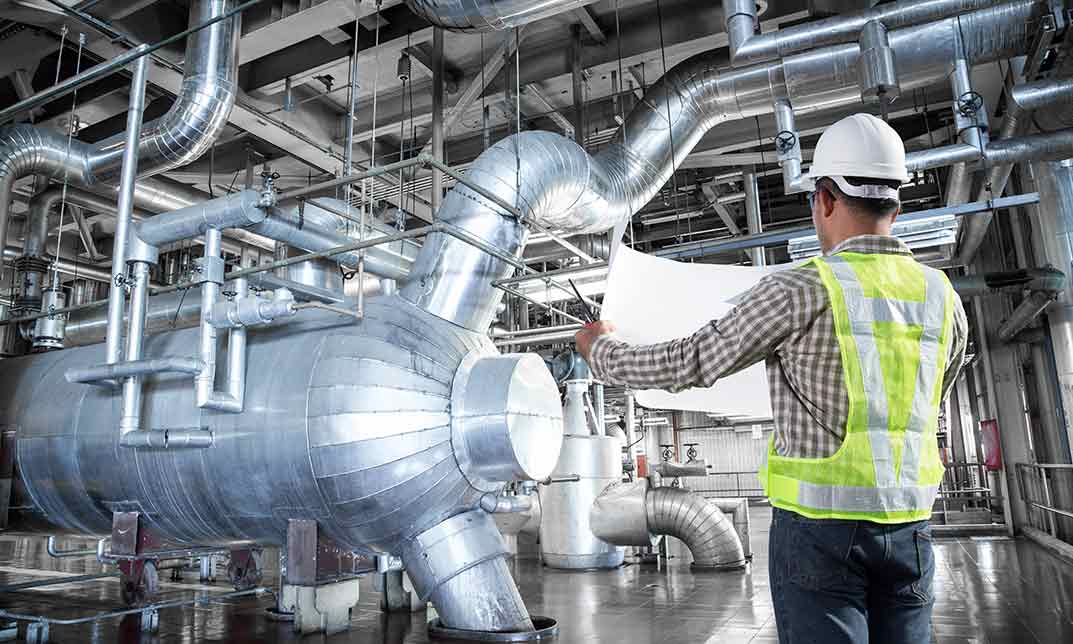Back to Courses
Piping & Instrumentation Diagrams P&IDs
Learn Piping and Instrumentation Diagrams (P&IDs) and enhance your engineering knowledge. Master P&ID symbols, control theory, and safety systems!

 Course Curriculum
Course Curriculum










 1 Year Access
1 Year Access  20 Students
20 Students  8 hours, 3 minutes
8 hours, 3 minutes